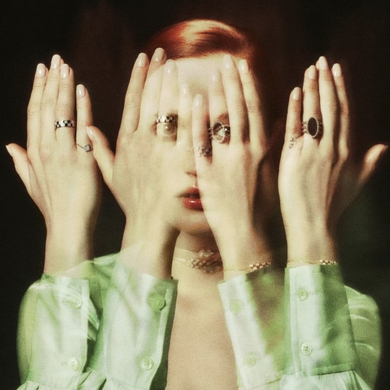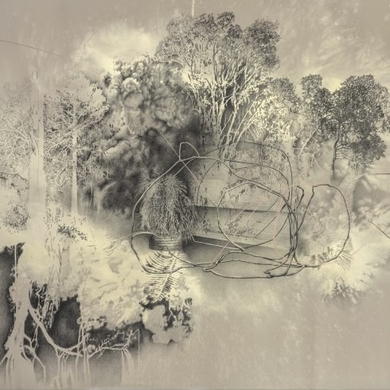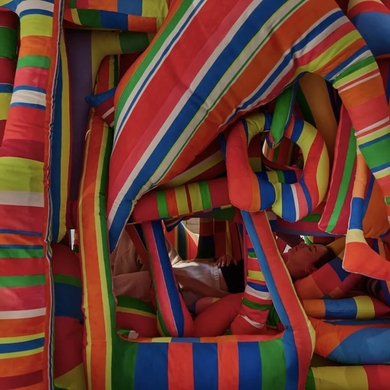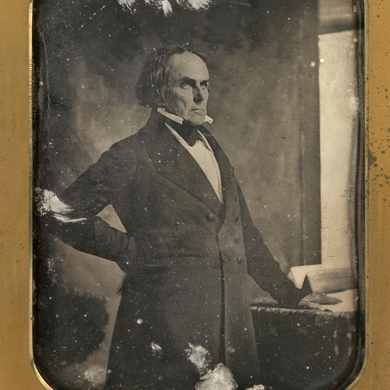After the First World War, Harlem emerged as the largest Black metropolis in the United States. Southern and Caribbean migrants, many of them activists and artists, flocked north, transforming the New York neighborhood into a hub of creativity, empowerment, and modern thought. Among the poets, writers, and painters numbered many who were gay or bisexual; onstage, singers and performers were often lesbian or trans. Out or not, these voices helped shape the movement that became known as the Harlem Renaissance. A century later, that story is the focus of an exhibition marking the centennial of The New Negro, Alain Locke’s important 1925 anthology of African and African-American art and literature. According to George Chauncey, the exhibition’s chief historian, and the author of Gay New York, 1890–1940, the show “takes visitors to the basement speakeasies, rent parties, and drag balls where ordinary queer and straight people built lives together, as well as to the salons of the cultural elite.” The 200-plus objects on view include sculptures, photographs, artifacts, and books. —Jeanne Malle
Arts Intel Report
The Gay Harlem Renaissance
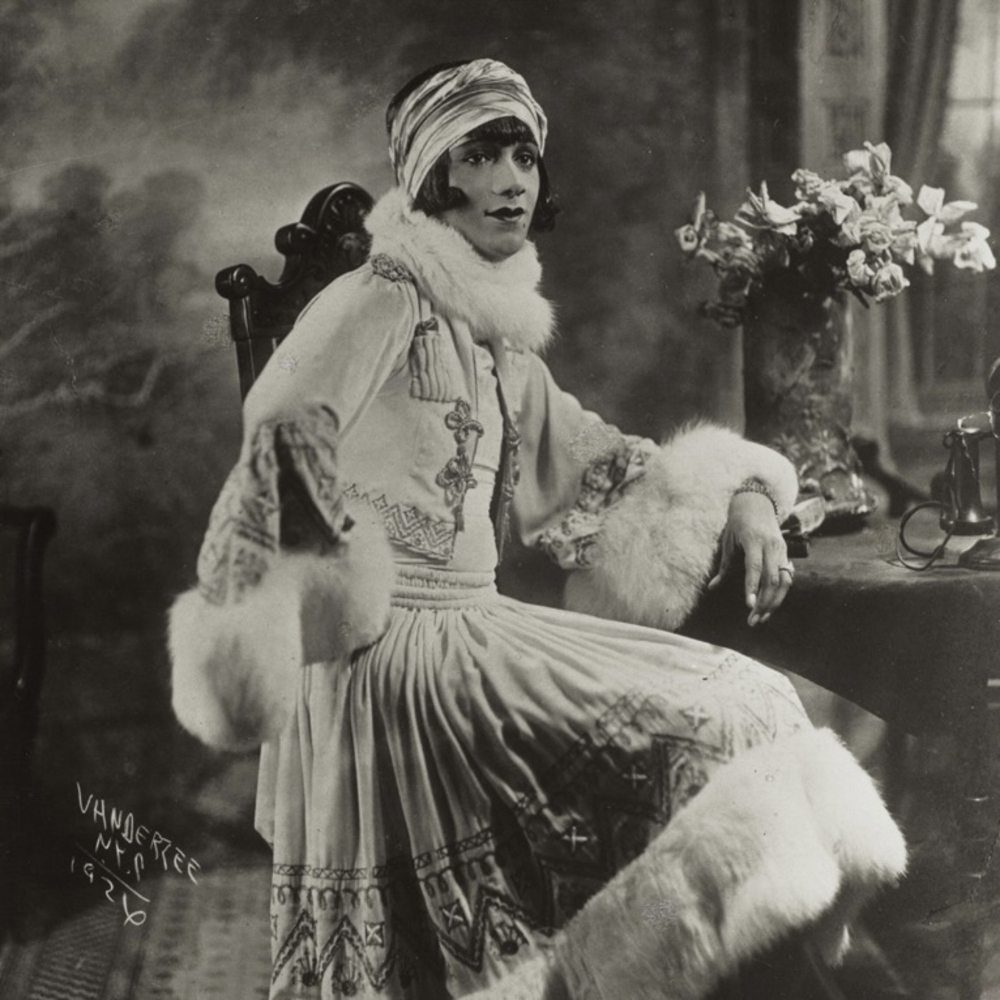
James Van Der Zee, Person in a Fur-Trimmed Ensemble, 1926.
When
Until Mar 8, 2026
Where
Etc
Photo: © James Van Der Zee Archive, The Metropolitan Museum of Art. Image source: Art Resource, NY
